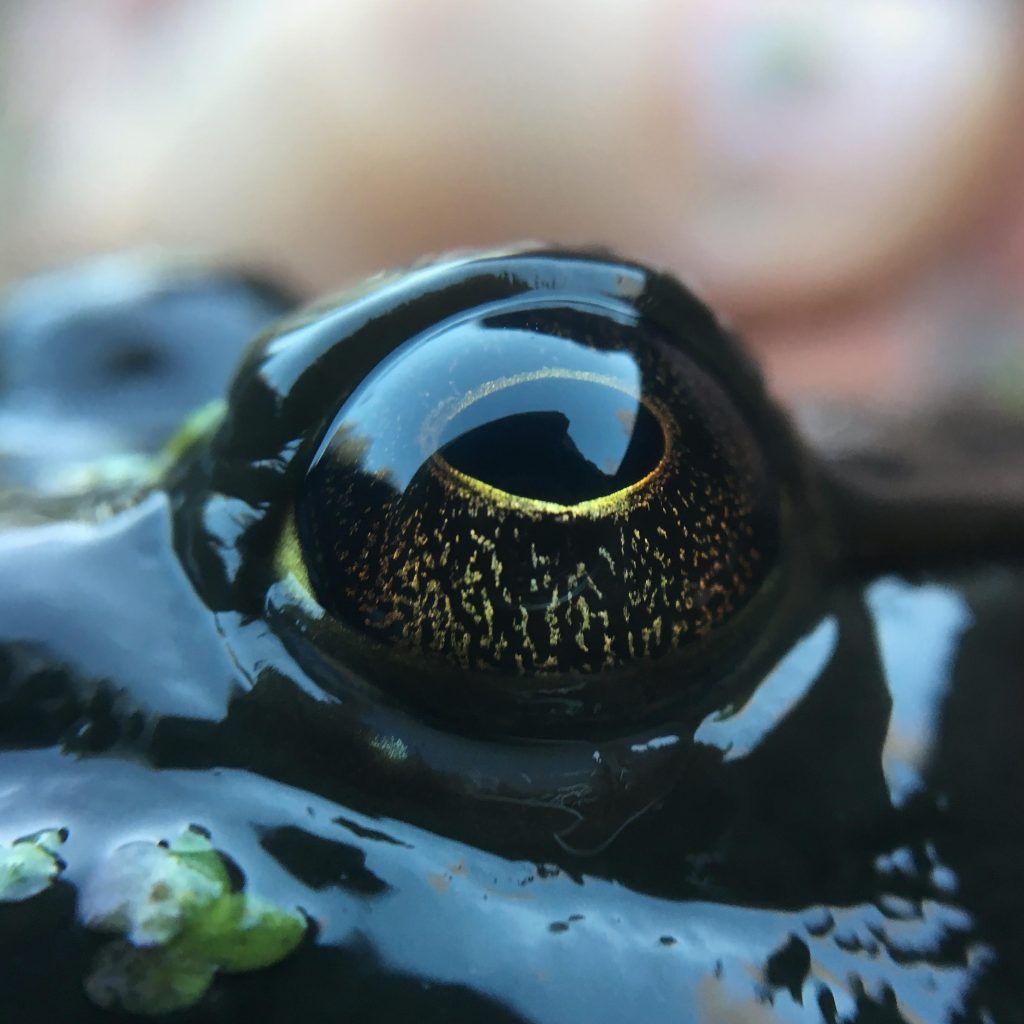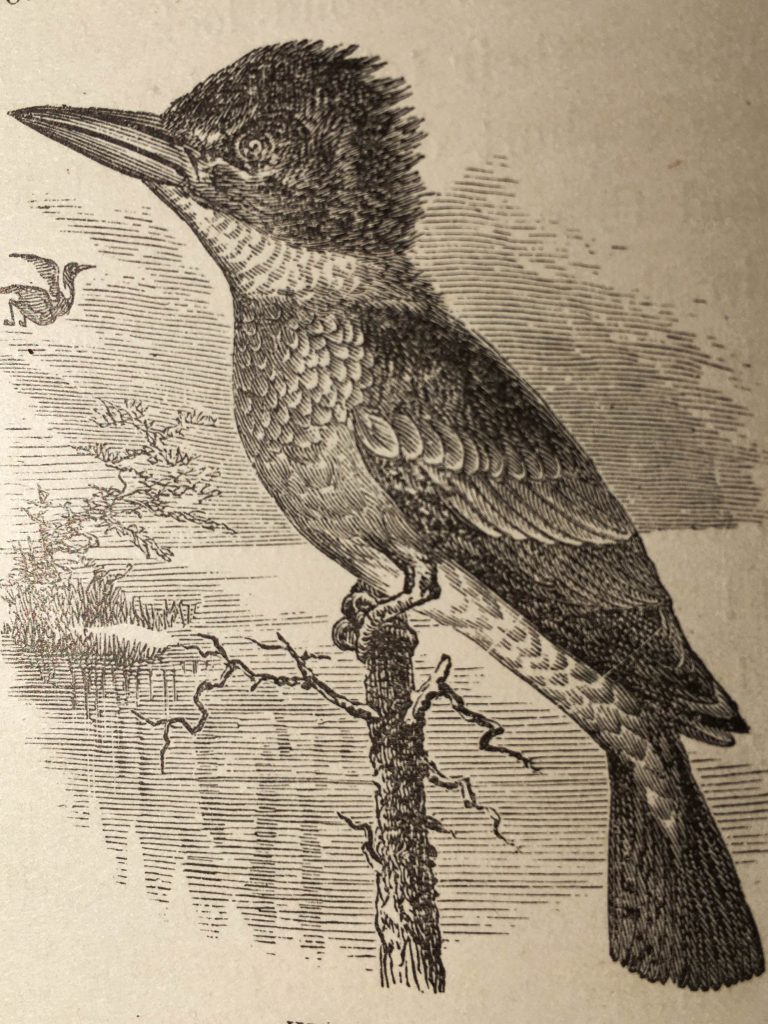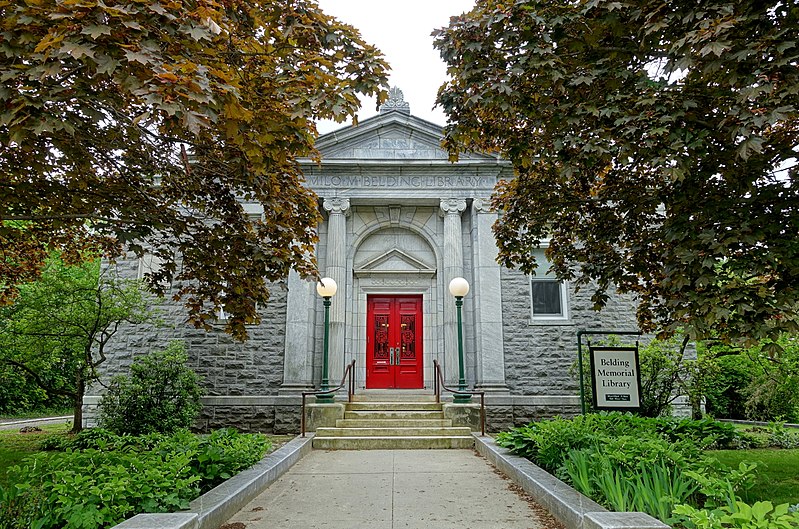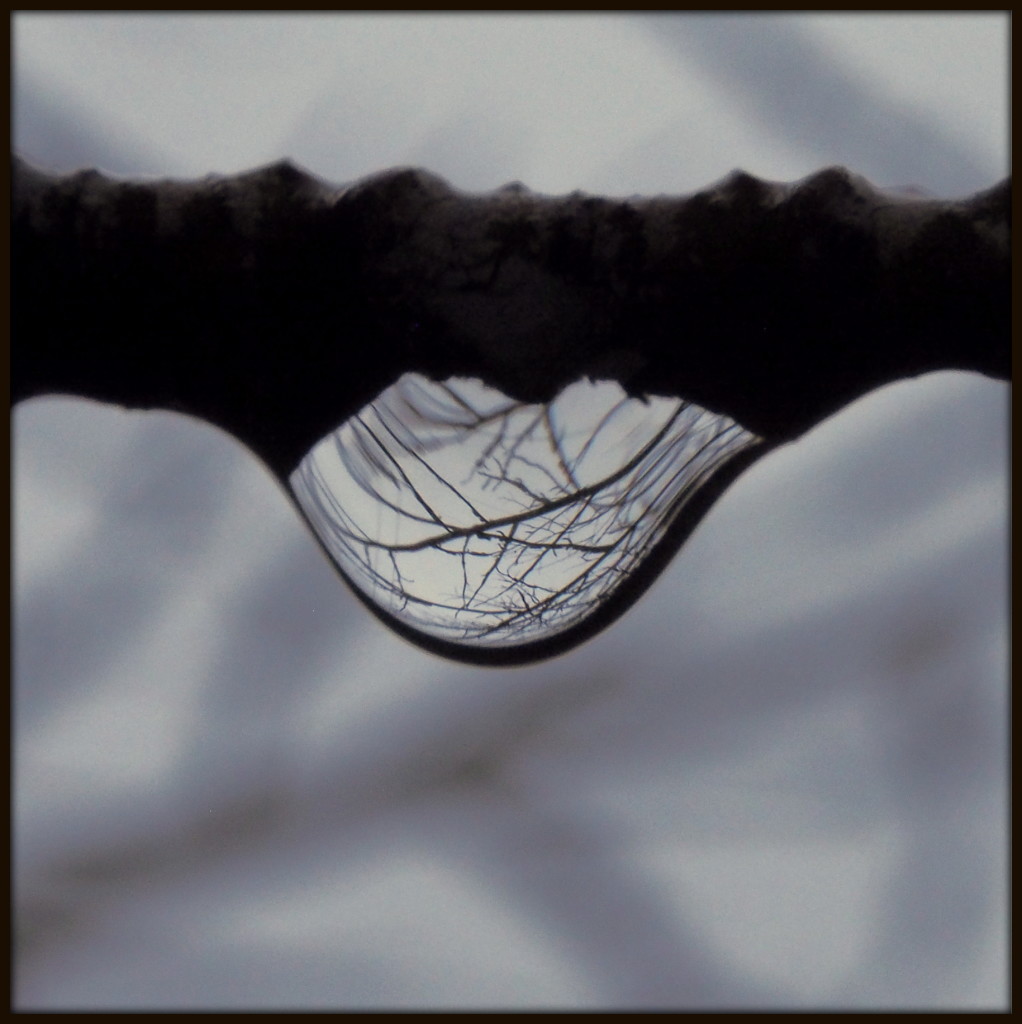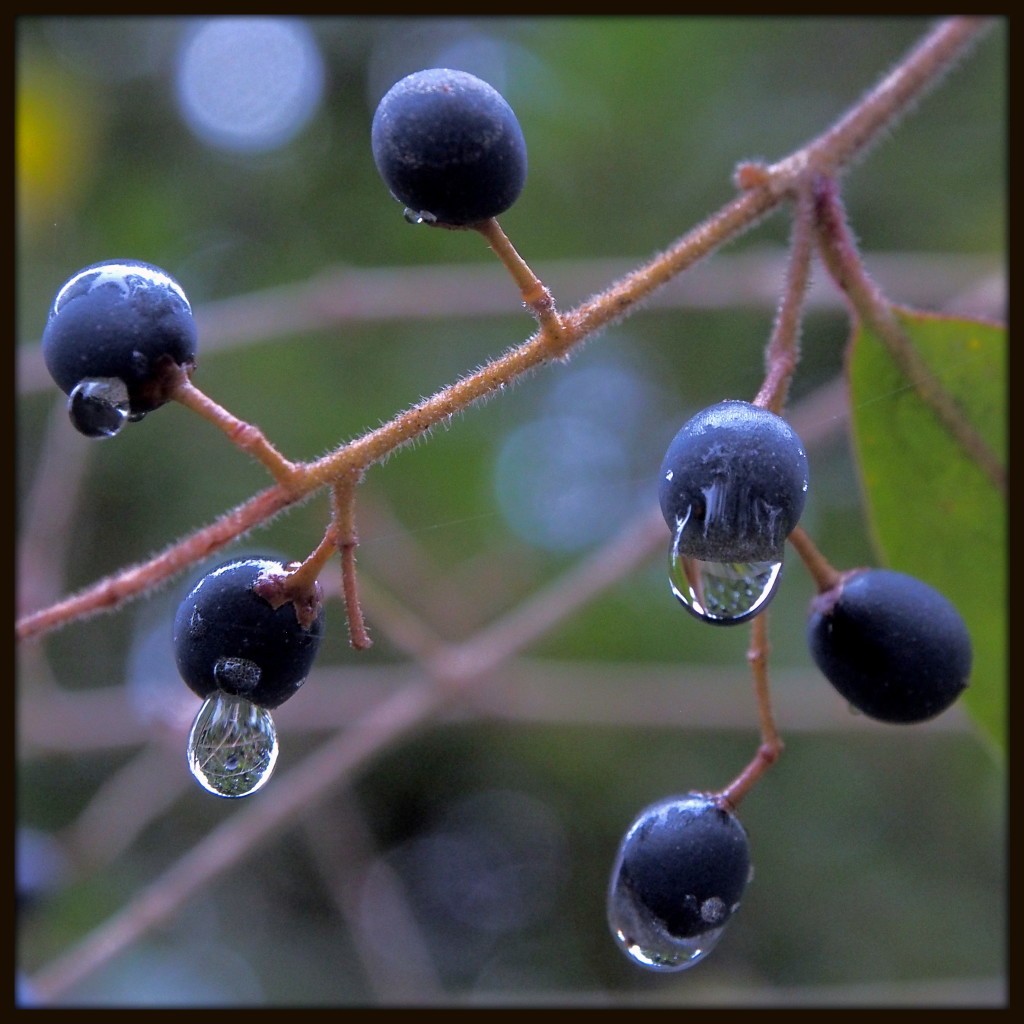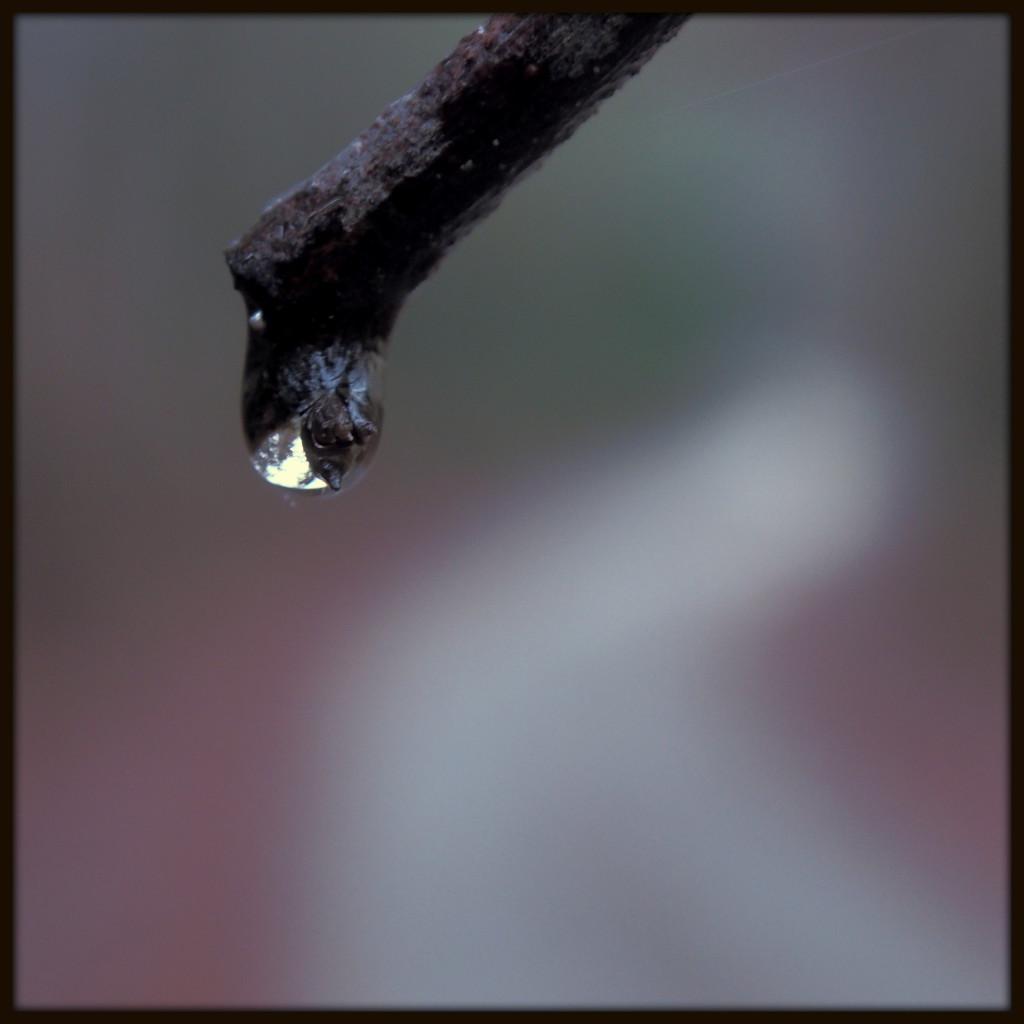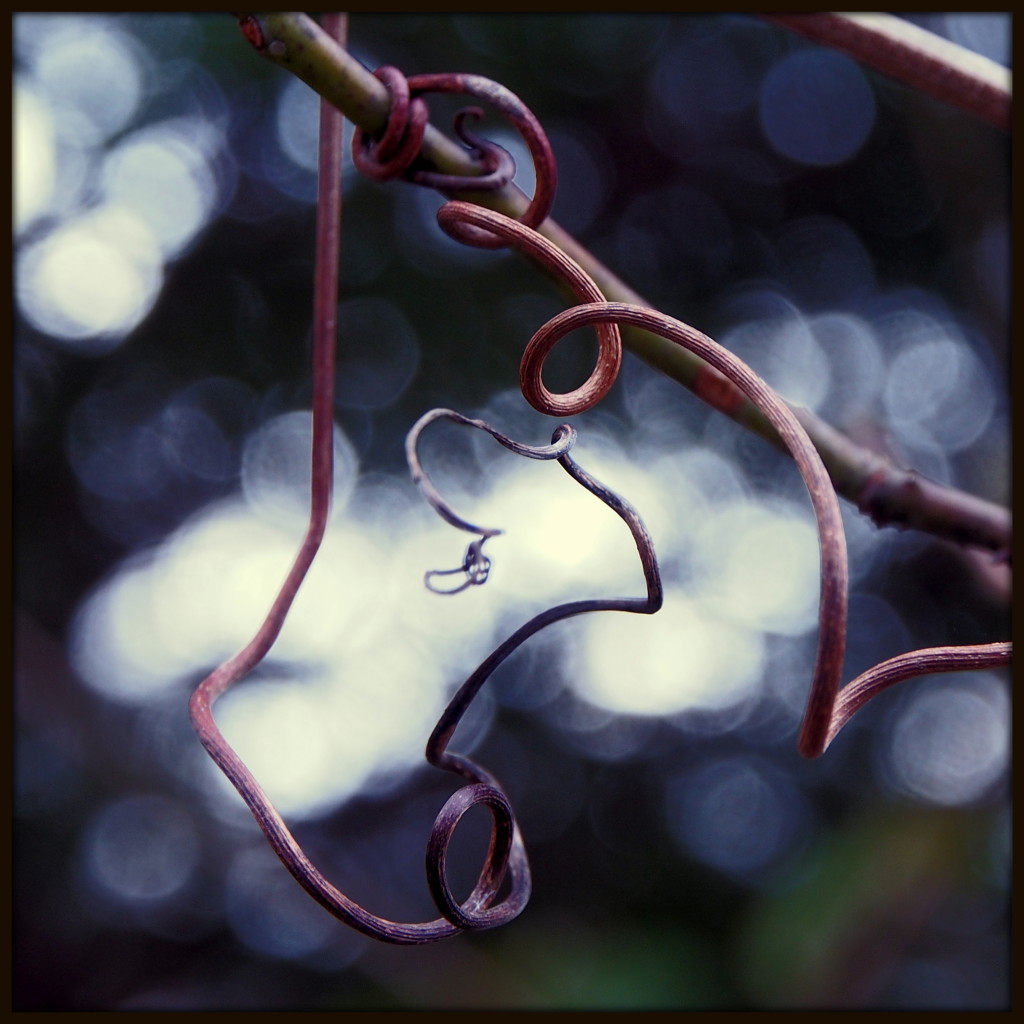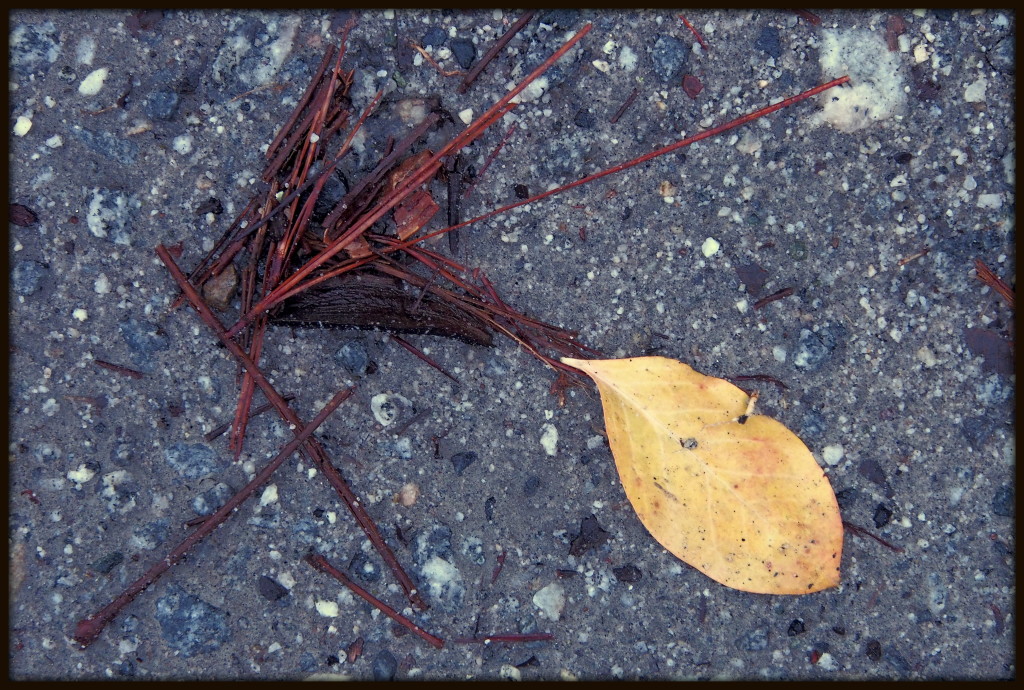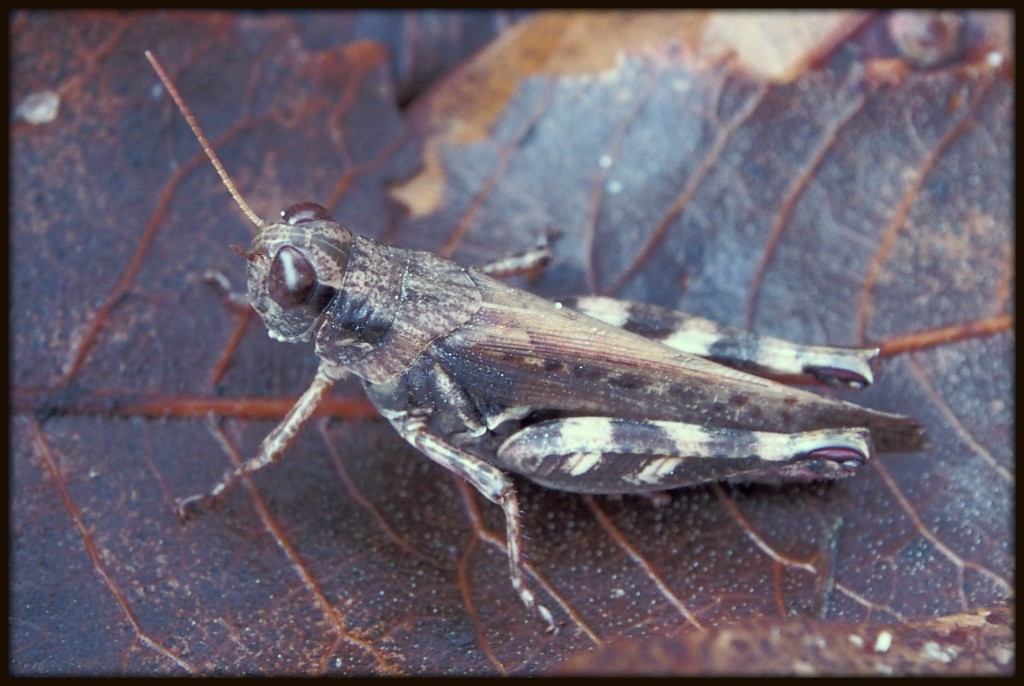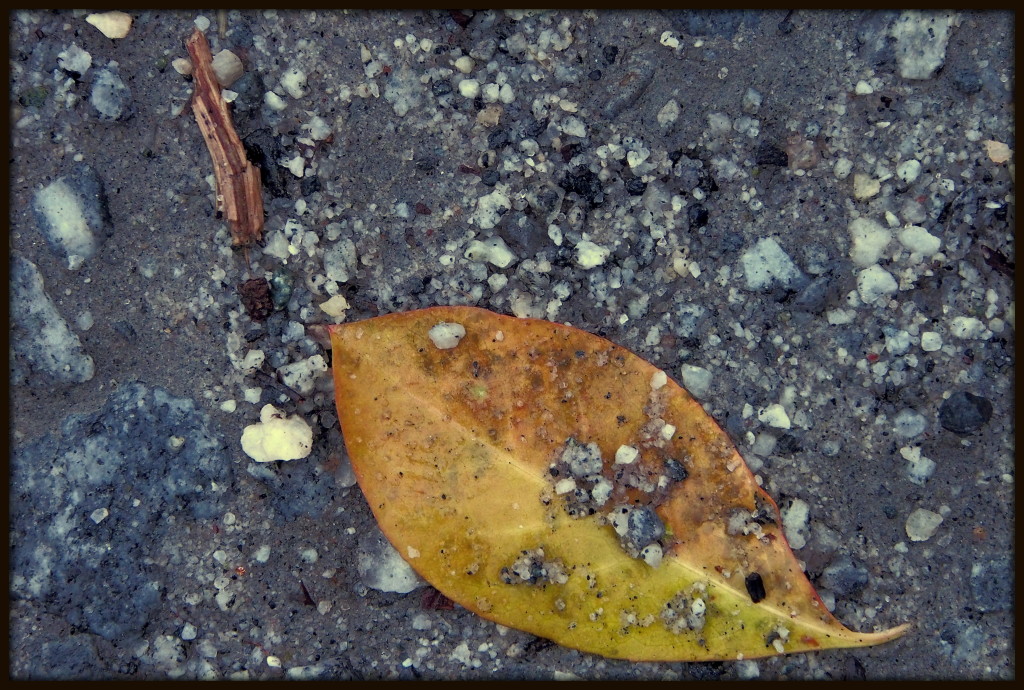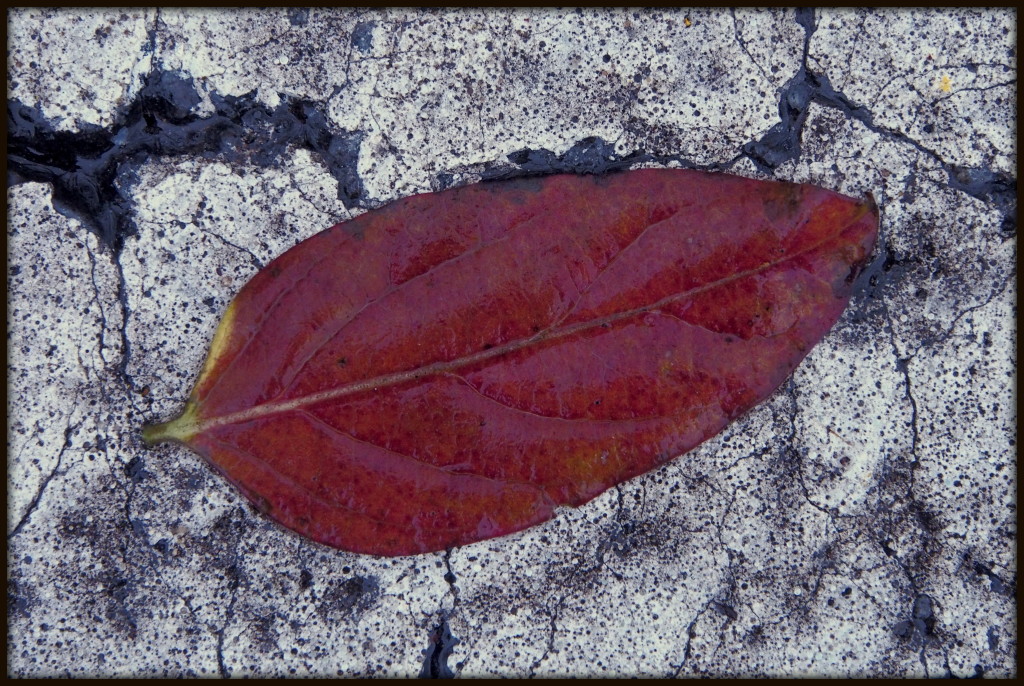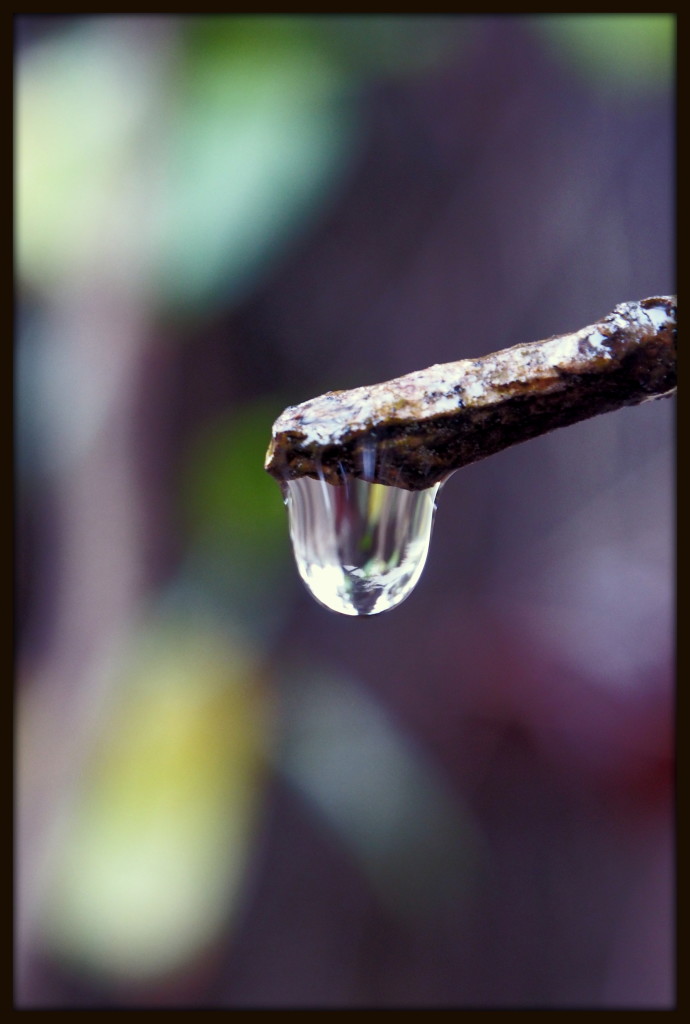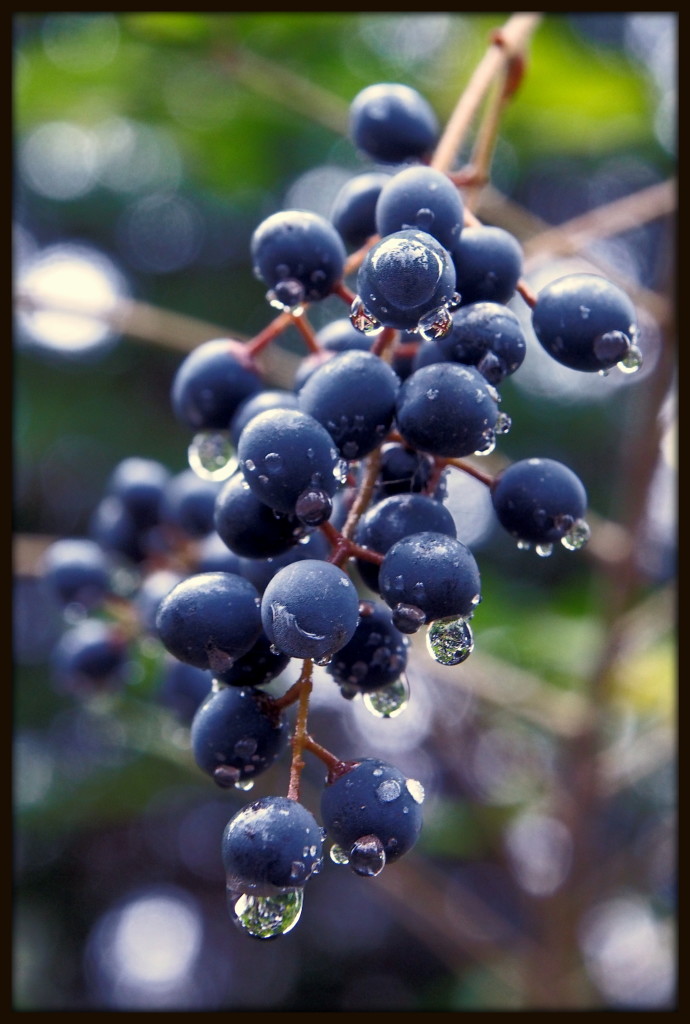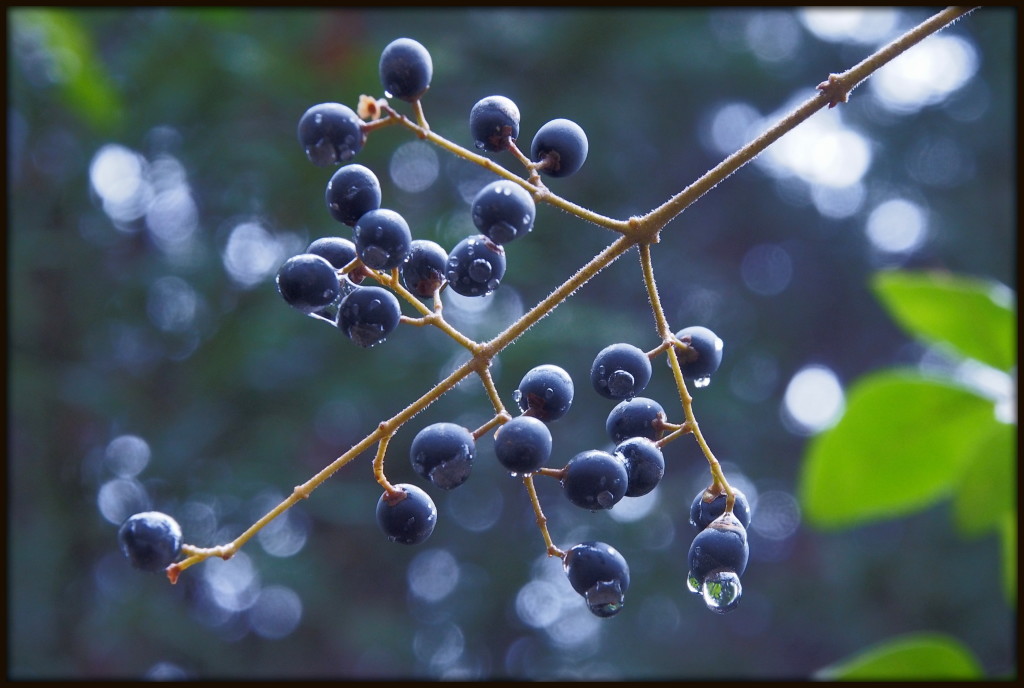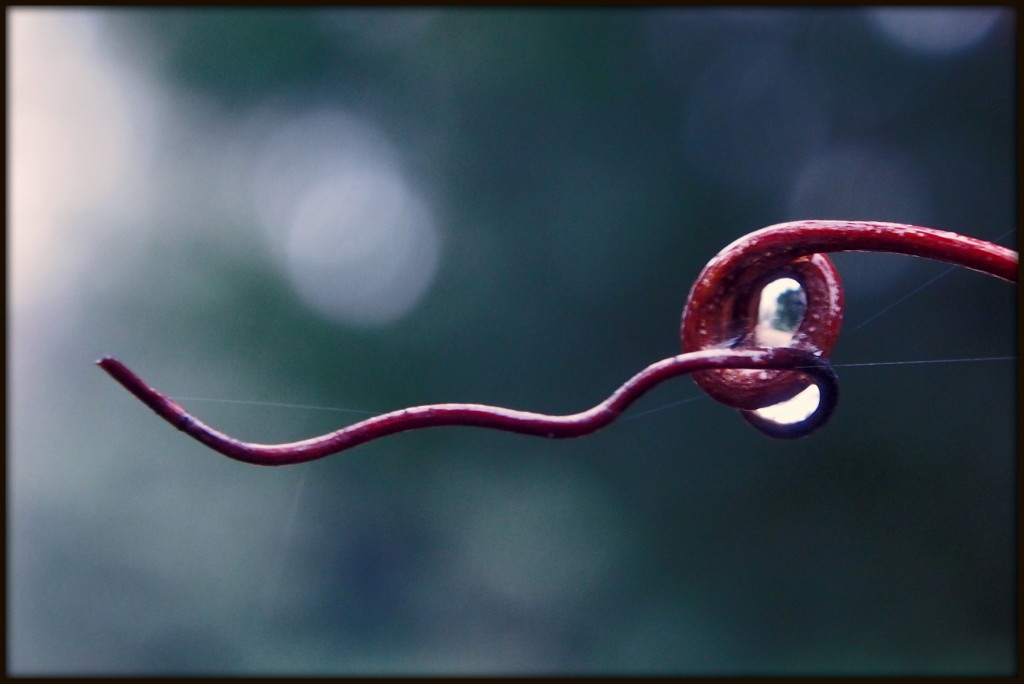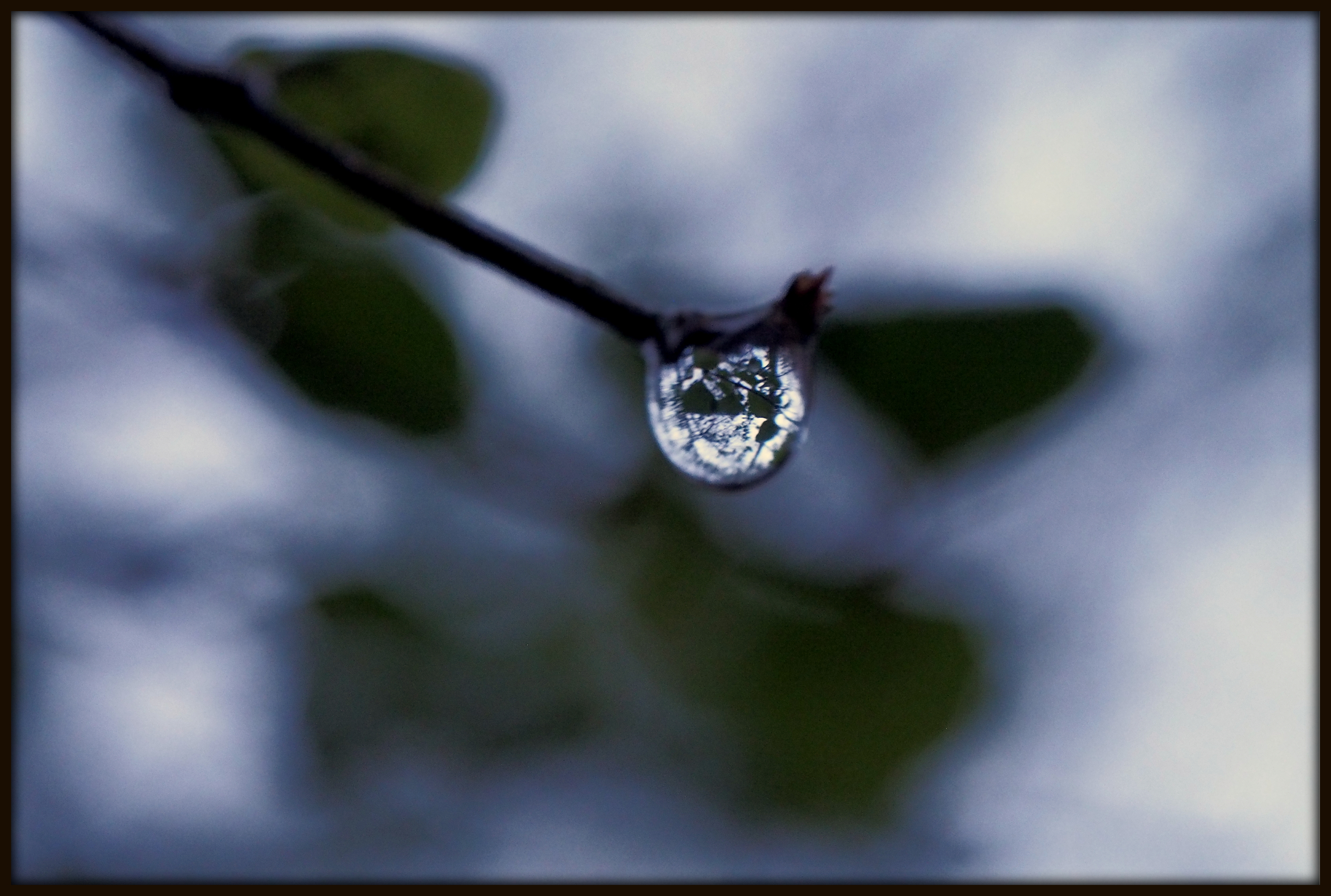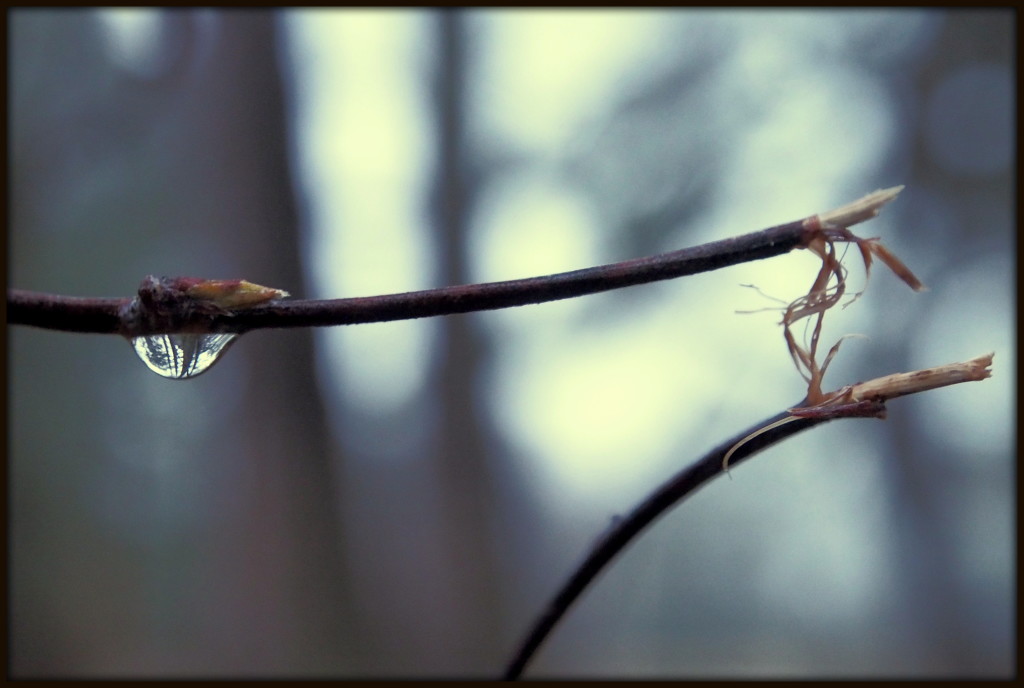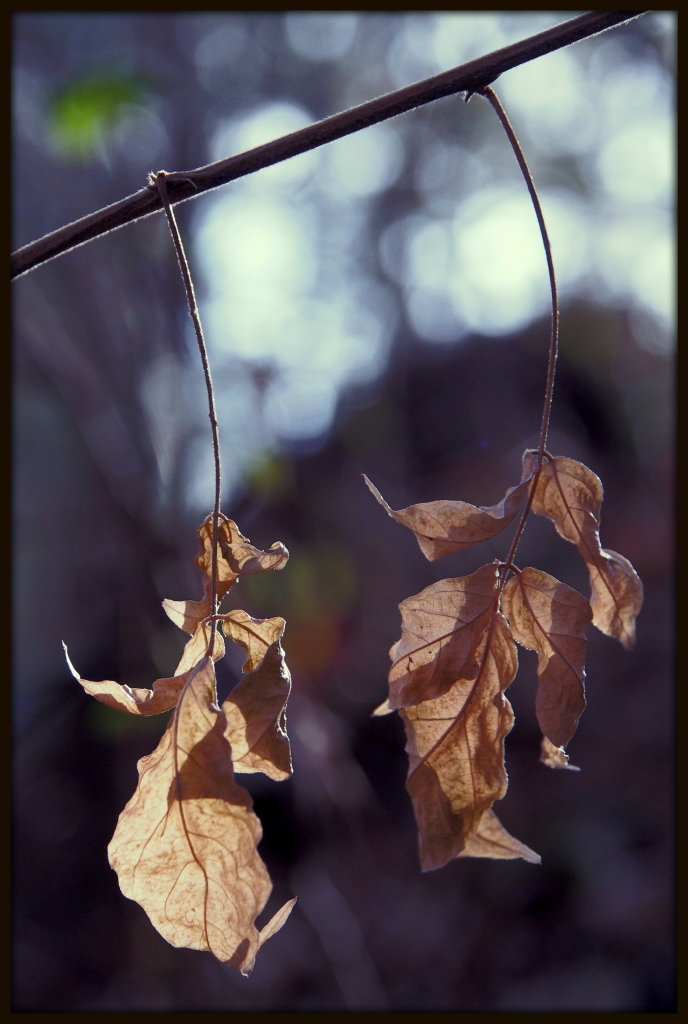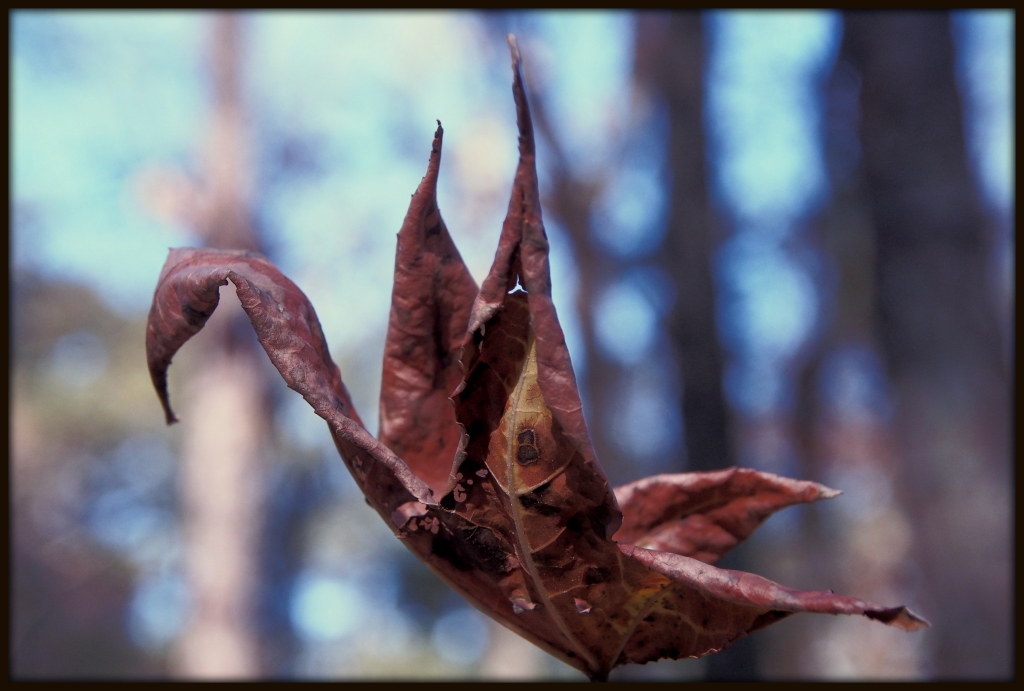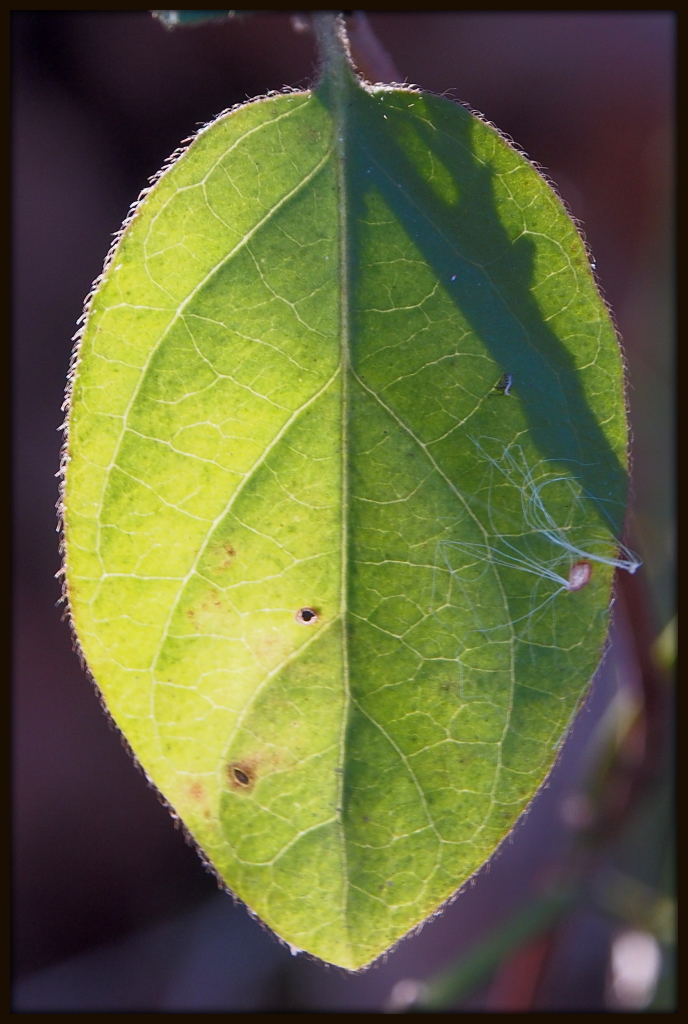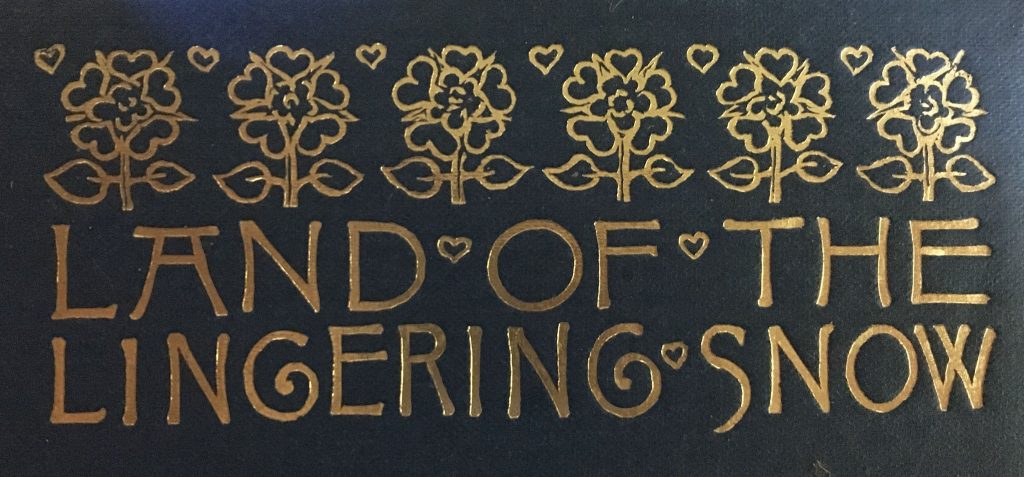
The summit [of Mt. Wachusett] consists of a few acres, destitute of trees, covered with bare rocks, interspersed with blueberry bushes, raspberries, gooseberries, strawberries, moss, and a fine wiry grass. The common yellow lily, and dwarf cornel, grow abundantly in the crevices of the rocks. This clear space, which is gently rounded, is bounded a few feet lower by a thick shrubbery of oaks, with maples, aspens, beeches, cherries, and occasionally a mountain ash intermingled, among which we found the bright blueberries of the Solomon’s Seal, and the fruit of the pyrola. From the foundation of a wooden observatory, which was formerly erected on the highest point, forming a rude hollow structure of stone, a dozen feet in diameter, and five or six in height, we could dimly see Monadnock, rising in simple grandeur…..
from “A Walk to Wachusett” by H. D. Thoreau, 1842
The summit, reached just at noon, proved anything but attractive. Stripped of trees and bushes, it has been afflicted by a large and commonplace hotel, several barns and ugly sheds, and a bowling alley, billiard room, and tintype gallery. The north wind was polluted by the escaping odors of a cask of gasoline, and when we sought the groves below the crest, we encountered tin cans, broken bottles and other remains of previous seasons. When one seeks gasoline, electric bells, and a tintype gallery he has a right to feel pleased on finding them, but when I seek Nature on a mountain top and find her fettered by civilization, I have a right to feel aggrieved…. What first struck us was the number of fires which were contributing columns of blue smoke to [the] atmosphere…. Northward of the Berkshires the sky line was ragged with hills and distant mountains in Vermont and New Hampshire, even to the point where, rising serenely from its granite bed, Monadnock reared its noble head toward the heavens. It alone in all that smoky landscape was majestic.
from “Wachusett” by Frank Bolles, 1891
IT IS DIFFICULT TO READ FRANK BOWLES’ WORK WITHOUT THINKING OF THOREAU. While Bolles only mentions the sage of Concord a couple of times in his book, “Land of the Lingering Snow”, the spirit of Thoreau pervades it. A chronicle of Bolles’ outdoor nature encounters over the first half of a year, the book includes accounts of a trip to Cape Cod (visited several times by Thoreau) and a walk up Mt. Wachusett (also chronicled by Thoreau). Yet this connection only highlights the key difference between the experiences of the two authors; Thoreau inhabited the rural landscape of Concord in the mid-19th-century, while Bolles lived in the gritty industrialized landscape of Cambridge on the brink of the 20th century. Thoreau set out on a country walk to Wachusett, remarking on the bucolic scenery of the hop fields. Bolles set out by horse and carryall, remarking on the journey that
For the first four miles, the road was far from agreeable. We encountered rough pavements or dust, the obtrusive features of a young and by no means beautiful city, hillsides denuded of trees, and in many cases turned into quarries, the Nashua River defiled by mill-waste and stained by chemicals, railroad embankments coated with ashes and bare of verdure, and brick mill buildings, grim, noisy, and forbidding. The road gradually ascended, and at length crossed the river, passed under the railway and sought the woods. A parting glance down stream showed a mass of steeples, chimneys, brick walls, quarry derricks, freight cars, and dirty mill ponds flanked by wasted hillsides and overhung by a cloud of smoke. Between the smoke and the hurly-burly of the town a distant line of hills show out on the horizon. It was the promise of something purer above.
ALAS, BOLLES’ HOPE OF WACHUSETT AS EDEN WAS QUICKLY DASHED. Yet again, he looked to the horizon, and saw Monadnock in its grandeur. At least Monadnock yet remained, a symbol of that pure wild nature he craved.
IT IS DIFFICULT NOT TO THINK OF FRANK BOWLES AS A SOMEWHAT TRAGIC FIGURE. Like Thoreau, he was drawn to nature (particularly birds which, I suspect, he was better able to identify by plumage and song than Thoreau himself). He had a gift for reading stories in the snow or sand tracks of mammals and birds. But while I think of Thoreau as dying too young at the age of 47, Bolles died even younger, at the age of 38, of pneumonia. And many of the rural haunts of Thoreau were gone by Bolles’ day, transformed by industrial “progress” into mills and stone quarries. And while Thoreau is perhaps the most celebrated American environmental writer of all time, Frank Bolles has not even merited a Wikipedia entry yet. Partly I think this is due to the paucity of his work — two collections of nature essays: “Land of the Lingering Snow” (his outings in New England between January and June of a year) and “At the North of Bearcamp Water” (his wanderings between July and December), plus two posthumous volumes, one of poetry and the other of unpublished writings. All of his work is out of print now, unless you take into consideration the print-on-demand option and scanned copies available for free online.
AT THE SAME TIME, FRANK BOLLES STRIKES ME AS A NATURAL HISTORY WRITER I WOULD DEARLY LOVE TO HAVE MET. His youth, enthusiasm, and even humor (see his quote about the gasoline and electric bells on Wachusett, above) are quite winning. He is knowledgeable without being pretentious, keenly perceptive without being pedantic. He is humble and thoughtful. I admit that I do not care for his propensity for capturing baby owls from the wild and rearing them as pets. On the other hand, nowhere in the book does he mention hunting, though he catches quite a few trout for dinner one day. And like Robertson, Bolles is able to admire a snake and let it go: “Being given his freedom unhurt he rewarded us by some brilliant tree climbing, during which he glided up a trunk, in and out among branches, and along limbs from tree to tree. I hope he will do no harm during the new term of life which we gave him.”
PERHAPS BOLLES LACKED SOME OF THE LITERARY COMPLEXITY OF THOREAU. Yet in his simpler prose, there is much to wonder at and appreciate. Consider, for instance, his description of the effects of a rainstorm on the dune grasses:
As the wind blew the sand grass, its long blades whirled around, cutting circles in the sand with their tough tips and edges. These circles could be seen from a long distance, so deeply and clearly were they cut. Sometimes a long blade and a short one whirled on the same root and made concentric circles. The geometrical correctness of these figures made them striking elements in a landscape so chaotic as the dunes in the Equinoctial.
Then there is this peculiar bit of imaginative prose (a flight of fancy, one might call it) in which bluebirds generate goldfinches. The passage had been marked in pencil in my copy of the book, and further indicated by a torn piece of paper with the page number on it slipped into the book, so I feel compelled to share the passage here:
Over the brook stood an oak; in the oak sat a bluebird; from the bluebird’s inmost soul poured the sweetest of bird music, and, wonderful to relate, the music as it fell upon the air turned into goldfinches which undulated over the pasture, finally rested upon the oak and added their songs to the general join of the occasion. It may be said by harsh commentators that goldfinches never could have been made out of bluebirds’ music. Then the burden is on them to prove where the goldfinches come from, for to our eyes they came from the air, which had nothing in it except the song of the bluebird.
ULTIMATELY, BOLLES FOUND IN NATURE MUCH JOY AND PEACE, QUALITIES THE HUMAN WORLD DID NOT ALWAYS OFFER. After one walk through the woods and fields of eastern Massachusetts, Bolles remarked that “In all that day’s wandering I saw no sign of terror in any living thing that was not caused by man. Nature by herself is not all peace, by any means, but she is nearer to it than when man is present.” And ultimately, in the passage of the seasons Bolles chronicled in his two books, he even found meaning in mortality — meaning that I would like to think offered him solace during his final moments, dying of pneumonia in 1894:
As I look at this grass and the flowers which shine in its midst, at the myriad leaves upon the trees, at the butterflies, caterpillars, locusts, ants, and bees, and at the birds, solicitous for their eggs or young, should I be sorrowful because in a few days the annual tide of life will turn and the grass begin to ripen, the flowers to fade, the butterflies to die, and the birds to take note of the sky and begin their journey southward? No. The rhythm of the universe demands just this coming and going, rising and falling, expanding and contracting, living and dying. Without reaction there could be no action. Without death we should not know what life meant; without what we call sorrow there could be no joy.”
THOUGH FRANK BOLLES IS NEARLY FORGOTTEN TODAY, THERE REMAINS ONE MONUMENT TO HIM, OF WHICH HE WOULD BE QUITE PROUD. Frank Bolles had purchased land with an old farmhouse at the foot of Mt. Chocorua in the White Mountains of New Hampshire, and took his family there as often as he could. The region features in several of Bolles’ nature essays. In 1969, Bolles’ daughter, Evelyn Bolles Phenix, donated 247 acres to the Nature Conservancy; Frank Bolles Preserve is now open to all those seeking peace and solace in nature.
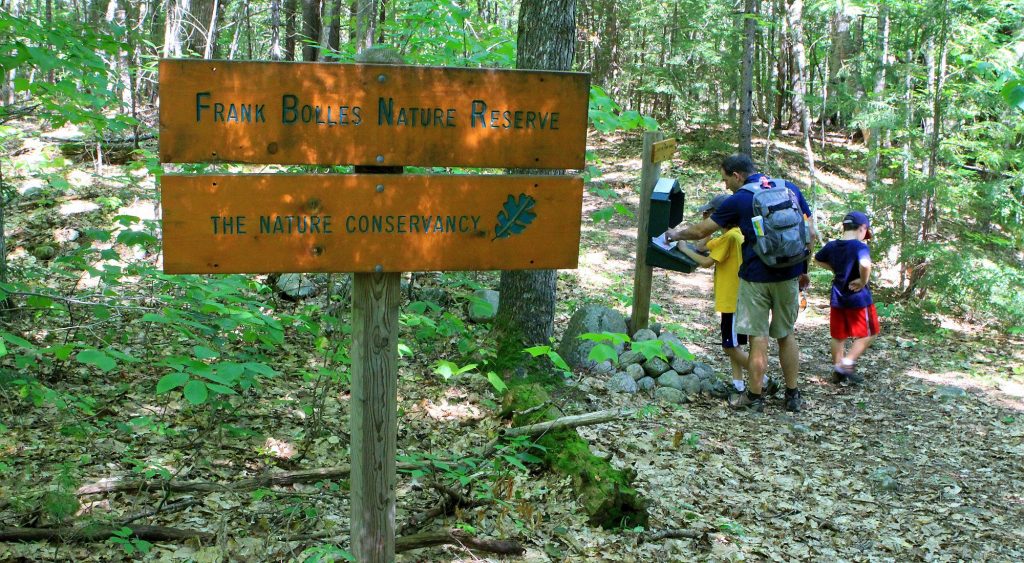
BY WAY OF CLOSING, A FEW REMARKS ON MY BOOK. My copy is a “first edition” from 1891; I did find record on the website of ABE Books of a 4th edition that came out in 1895. The book is still together though the binding it showing signs of coming apart. There were no names or other words written anywhere in the book, though a couple of passages were marked with pencil. In addition to “Page 105” written on a torn piece of paper and slipped into the book, the volume also included an old newspaper clipping (possibly from the period of the book) with a poem by Bolles, The Whip-Por-Will. It was later published on page 61 of a posthumous volume of his poetry entitled “Chocorua’s Tenants”. The book has been scanned and may be viewed online here.
